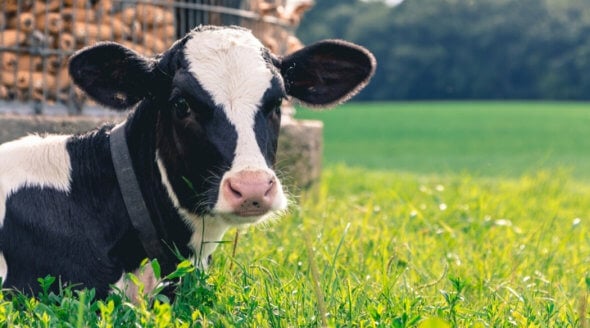All About Animals: Secondary Teachers: Lesson Plan 4: Only me!
How does this fit into the National Curriculum? Pupils should be taught about opportunities for individuals and voluntary groups to bring about social change locally, nationally, in Europe and internationally.
Teachers’ Note: After reading the introduction to the class ask them to write down ten things that they could do to make a positive difference in the world. They could focus on any animal, environmental or social issue that affects them.
If a little thing like stepping in to help a needy animal can change a life, how much more could we accomplish if we tried?
Locally: Annabelle Walker could see how many animals in her area of Somerset needed help from humans. She started out taking in animals who were injured, abandoned or had been treated cruelly. Before long, she needed more space and so set up an animal sanctuary. The sanctuary now has six members of staff and a host of volunteers who take care of the 150 animals. Dogs, cats, sheep, turkeys, ducks, chinchillas, rabbits and many other animals live at the sanctuary until they can be found permanent, loving homes. Thousands of animals in Somerset have been given a second chance at a happy life, thanks to Annabelle.
Nationally: Charities, campaigning organisations and many individual people campaigned to end fur farming in Britain. Wild animals were caged inside sheds and only let out to be killed. Animals developed stereotypic behaviours and some self-mutilated because of the stress. Animals farmed for their fur were killed by gassing or by electric shock inside their anus. No wonder individual people worked hard to bring about an end to this practice. But it was one woman, Maria Eagle, an MP who introduced a bill into Parliament to make the farming of animals for their furs illegal. This came into effect on 1st January 2003.
Europe: Billions of chickens are kept inside cages, stacked upon one another for as long as they are able to produce eggs. The cages are so small that each bird has less than an A4 piece of paper to live in. For many people, this was unacceptable and Compassion in World Farming began work trying to end this practice, not just in Britain but throughout Europe. They researched the issues thoroughly, wrote reports, held meetings with MPs in Britain and MEPs (Members of the European Parliament) to get their views across. And it worked. In 1999 the European Union voted to ban battery cages by the year 2012. Without dedicated individuals committed to this cause, billions more hens would suffer and die inside the cages.
Internationally: Twenty-five years ago the International Fund for Animal Welfare (IFAW) filmed seal hunters bludgeoning young animals to death for their skins. The images were beamed all over the world and there was an immediate international outcry. America banned the import of seal products and Europe followed sometime later. As a result, Canada reduced the number of seals it allowed hunters to kill quite dramatically. Sadly in 2004 another large-scale cull took place with 300,000 seal cubs being killed. IFAW were once again there to film the horrors and to try and make people understand the links between buying seal products, eating fish and the massacre of the seals.

